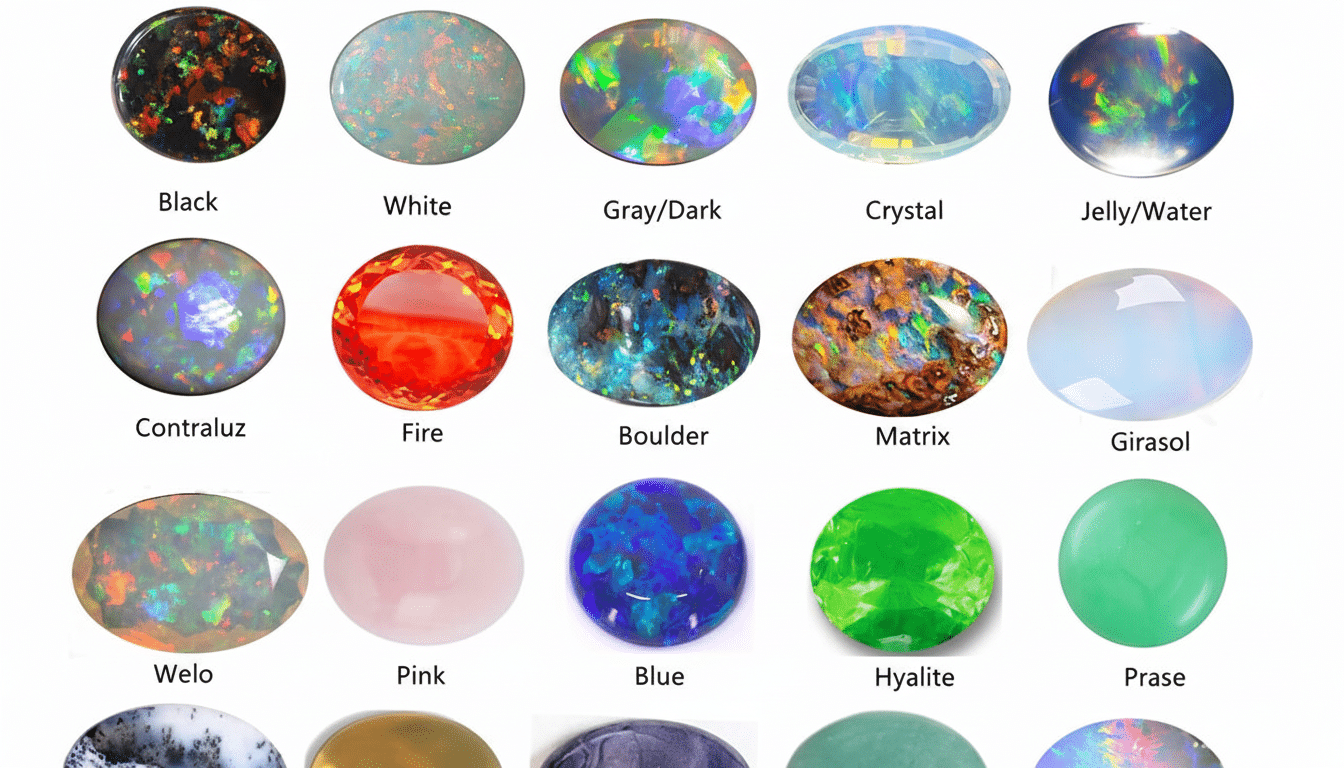Google is expanding the availability of Opal, its AI-powered “vibe-coding” app builder, to 15 more countries:
- Canada
- India
- Japan
- South Korea
- Vietnam
- Indonesia
- Brazil
- Singapore
- Colombia
- El Salvador
- Costa Rica
- Panama
- Honduras
- Argentina
- Pakistan
Opal translates natural-language prompts into mini web apps and allows people to fine-tune the results through a visual editor, with the idea that cooking up software can be as laid-back as composing an email.

What Opal Does and How the AI App Builder Works
Opal works on a simple premise: describe the tool you want, and the system builds it using Google’s models. Here, users enter a canvas-like editor that illustrates inputs, outputs, and generation steps in a visual workflow. Any step is viewable, re-prompted, or widened with newly added actions, and finished productions can be uploaded to the web (via Google accounts) for testing.
The appeal is speed. Instead of scaffolding databases, wiring forms, or hand-stitching APIs, creators express what they want, and it gets built. For teams that frequently prototype — product managers, designers, instructors, marketers — this reduces the friction between an idea and a working demo.
New debugging features and performance improvements
To coincide with the rollout, Opal will get a simplified no-code debugging experience, Google says. Flows can be executed step-by-step in the visual editor or even manually edited at the console level (right-click) to optimize specific steps. Mistakes appear inline exactly at the point of failure, which eliminates guesswork and reduces iteration cycles.
Performance has also been tightened. Google says that it used to take five seconds or more just to spin up a new Opal project; now the startup time is shorter, and complex flows can process steps in parallel. For multi-branched logic (i.e., validating inputs, transforming data, and responding all at the same time), steps can be parallelized to keep the UX snappy.
Where the expansion lands across Asia and Latin America
Today’s expansion is heavily focused on two fast-growing developer and creator ecosystems in Asia and Latin America. Both India and Brazil are some of the biggest developer communities in the world, with GitHub’s Octoverse report ranking India as the second-highest home to developers in Octoverse rankings, and Brazil among the top cohort. Markets like Indonesia, Vietnam, and Pakistan are eyeing significant lifts in mobile-first entrepreneurship as lightweight tools can power everything from classroom utilities to a microbusiness storefront.
Japan and South Korea will provide mature consumer markets with high polish and high expectations for reliability, while Canada and Singapore develop into hotbeds of startup and enterprise pilot activity. That diversity is a wide-ranging stress test for Opal’s usability in a variety of languages, use cases, and on different networks.

Why this expansion matters for no-code app creation
Low-code and no-code take-up is on the rise. By 2025, Gartner estimates that 70% of all new applications developed by businesses will be based on low-code or no-code tools — more than three times as many as were built in 2020. Opal takes that trend further into a conversational mode of programming, in which the prompts — rather than drag-and-drop components alone — determine much of how the app works.
The payoff for nontechnical teams is faster experimentation. In a few clicks, the teacher can stand up a study-aid generator, the local shop can prototype an appointment scheduler, the campaign can draft a lead-capture tool — then refine it without dragging in an engineer for every tweak. Google says early U.S. shippers flooded the company with more powerful tools than expected, a sign that the prompt-plus-visual-edit pattern can scale beyond toy demos.
Competitive Landscape And Differentiation
Opal is in a busy room. Microsoft Power Apps, Replit’s AI tooling, Figma and Canva’s app ecosystems, a cavalcade of startup platforms — all of these are supposed to shorten the distance between idea and software. Google’s pitch is that its generative scaffolding plus a tailored visual editor and one-click web publishing are even lower-friction around creation and distribution.
The key differentiator is the parallel processing upgrade. Many prompt-based builders choke on long, serial chains that grind to a halt. Running branches in parallel can help achieve the perception of low latency, especially for multi-step assistants that fetch data, process it, and produce an output within a single flow.
What to watch next for Opal’s growth and governance
Two things loom: governance and growth. Teams will demand better controls on data management, quick versioning, and audit trails as we move from development to the production of projects. Look for interest in role-based access, usage quotas, and logs that are compliant with internal requirements, especially across larger organizations.
On the growth front, keep an eye out for templates and community showcases that speed onboarding in new areas, as well as localization improvements and integrations that plug in data from front-running services. If Opal can keep the on-ramp low enough while still offering depth for power users, it might be able to transform its vibe-coding buzz into sustained adoption.

